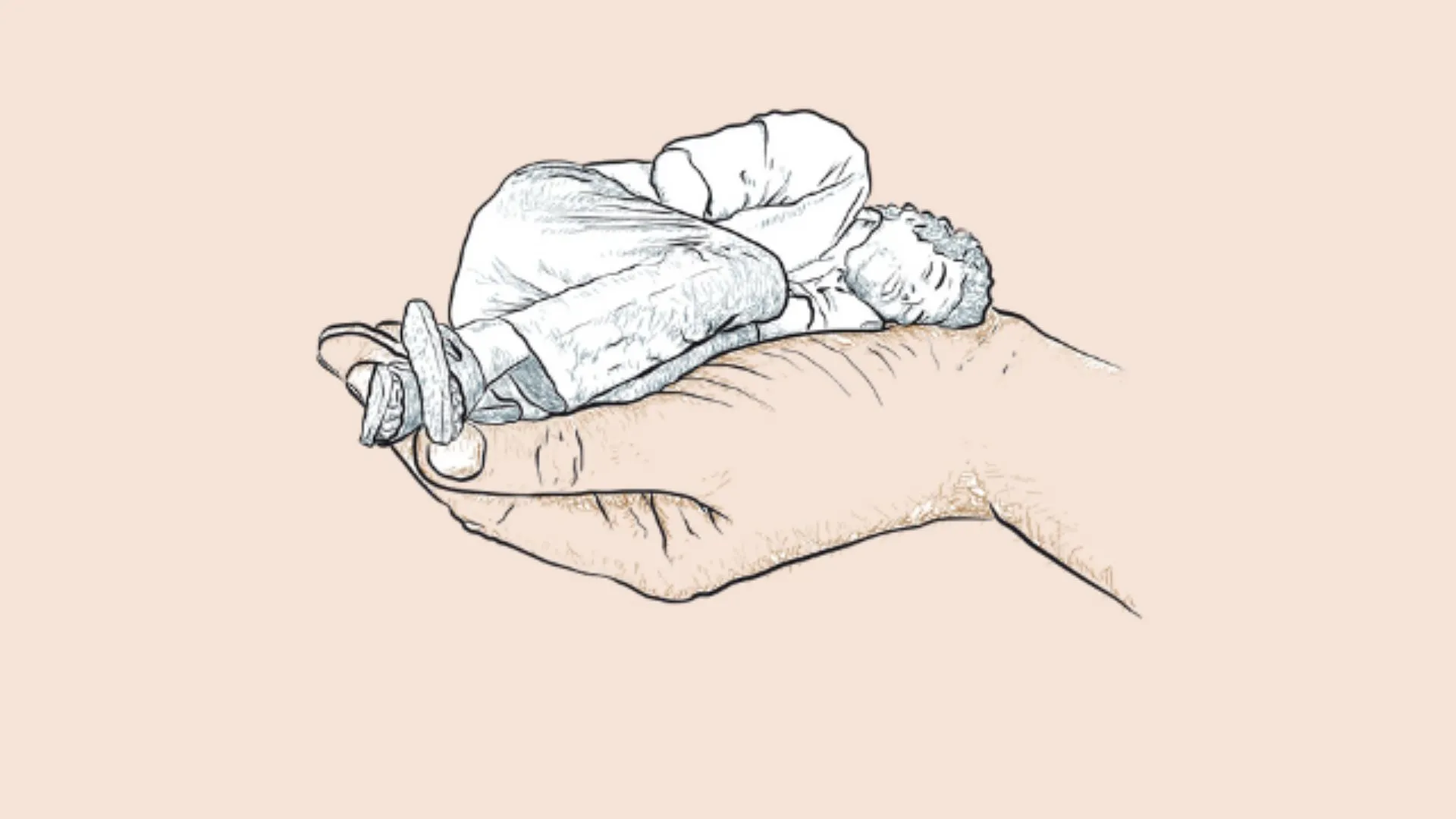The landscape of love is evolving as individuals increasingly embrace a broader spectrum of sexual identities. Traditional relationship models—often defined as either same-sex or different-sex—no longer capture the nuances of human attraction. Today, many find that their romantic experiences defy binary labels, creating unique challenges and opportunities for growth.
Beyond the Binary
Historically, relationships were classified into rigid categories based on sexual orientation. However, the reality for many people is far more fluid. Individuals may experience attractions that don’t neatly align with their relationship type. For example, a bisexual person in a different-sex partnership might still feel a significant emotional and physical pull toward the same sex, complicating the dynamics of their relationship.
Emotional Strain and Relationship Satisfaction
Recent studies reveal that when there’s a misalignment between an individual’s sexual identity and their relationship context, it can lead to emotional strain and dissatisfaction. Research conducted by experts at the University of British Columbia and Lancaster University highlights that many experience internal conflict when their sexual orientation isn’t acknowledged within their partnership. This disconnect can hinder open communication and negatively affect the stability of the relationship.
The Bisexual Experience
Bisexual individuals often face particular challenges due to societal expectations. When in different-sex relationships, they are frequently misperceived as heterosexual, which can erase an essential part of their identity. This lack of recognition not only impacts their self-esteem but can also lead to lower overall relationship satisfaction compared to those in relationships where their sexual orientation is more openly acknowledged.
Embracing a New Paradigm
As society becomes more accepting of diverse sexual identities, there is a growing need for more nuanced conversations about love and relationships. Open dialogue, understanding, and a willingness to move beyond traditional labels can help couples navigate these complexities. Embracing the fluidity of attraction allows for relationships that are more authentic and fulfilling.
Navigating the complexities of love means recognizing that sexual orientation is not always confined by traditional boundaries. As more people challenge conventional norms, the evolution of relationship dynamics will continue to enrich our understanding of human connection.























